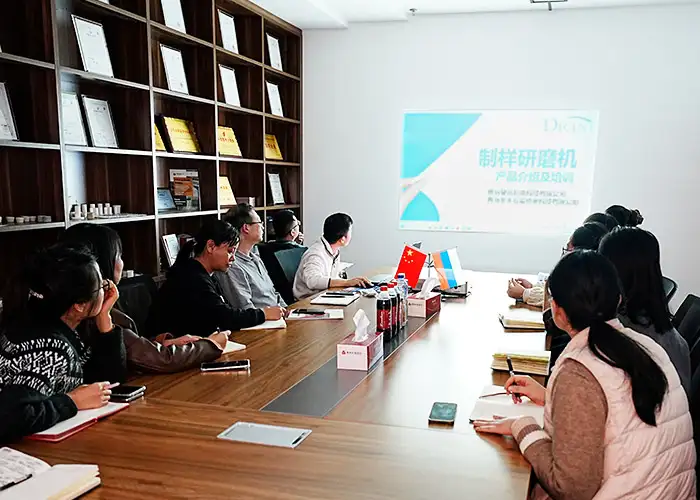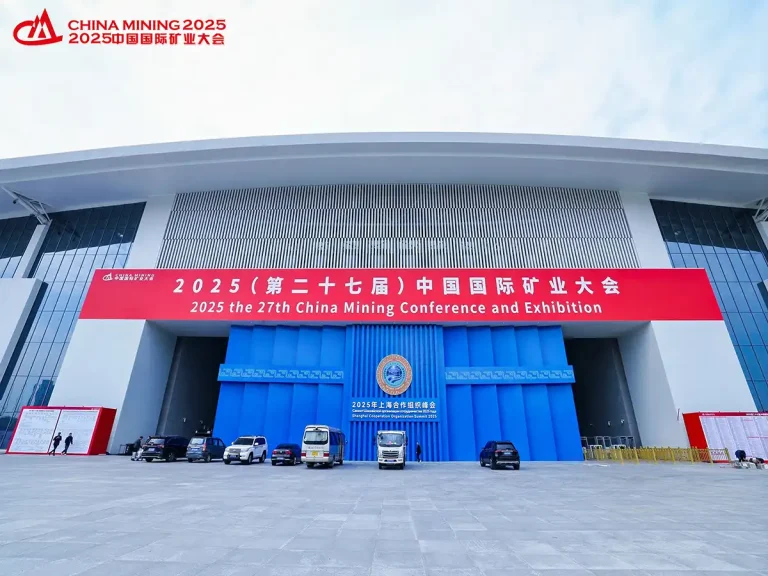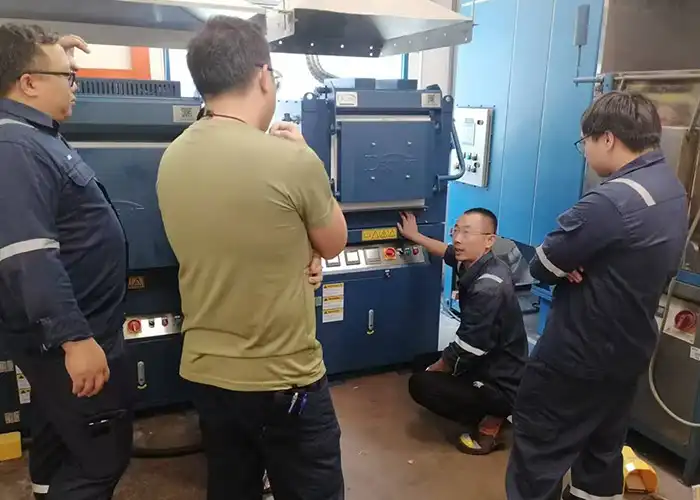Choosing the right beneficiation method is crucial
Source: China Mining Information Network
What are the methods for beneficiation of gold ore?
1.Commonly used beneficiation methods in placer gold mines
After the primary gold deposits are exposed to the surface, due to mechanical and chemical weathering, the gold-bearing veins or phlogopite rocks are gradually broken into cuttings and gold particles. Then, under the transportation and sorting action of external force, the minerals with larger specific gravity (such as gold particles) are deposited on mountain slopes, riverbeds, and lake shores to form a certain enrichment. Those with industrial mining value are worthwhile. It is called a placer gold deposit.
Placer gold deposits are usually mined by gold dredgers, hydraulic mining, excavator mining, and underground (shaft) mining. my country’s placer gold deposits are mainly mined by gold dredgers, as well as hydraulic mining and excavator mining.
The placer gold beneficiation process mainly includes preparation and sorting operations before sorting. The preparation work is mainly composed of two processes: crushing and sieving. Scattering is mainly to dissociate the ore particles and clay sludge in the mined ore sand. Sieving is to sift out coarse-grained grades without gold. Commonly used equipment includes flat screens, cylindrical screens, and cylindrical scrubbers. Gravity beneficiation is mainly used for the separation of placer gold. This is because, on the one hand, placer gold has a high specific gravity (average 17.50~18.0) and a coarser grain size (usually 0.074~2 mm). On the other hand, the gravity beneficiation method is more economical and simple. . Heavy selection equipment generally uses various types of chutes, jigs and shakers (usually used for selection).
2.Commonly used beneficiation methods for vein gold mines
Various types of gold ore have different beneficiation methods due to their different properties. However, gravity separation, flotation, amalgamation, cyanidation, and recent years of the resin slurry method, carbon slurry adsorption method, and heap leaching method are commonly used to extract gold. Craft. For certain types of ores, a combined gold extraction process is often used.
There are many gold selection process schemes used in production practice, and the following are usually used:
1.Single amalgamation This process is suitable for processing quartz vein primary deposits and oxidized ore containing coarse-grained gold. The amalgamation method for gold extraction is an ancient and common method of gold selection. In modern gold industrial production, the amalgamation method still occupies a very important position. Since gold mostly appears in a free state in ores, some gold particles in various ores can be recovered by amalgamation method. Practice has proved that the use of amalgamation method to recover part of the gold particles in advance in the gold selection process can significantly reduce the loss of coarse gold in the tailings.
The theoretical basis of gold extraction by amalgamation method is that mercury can selectively wet gold particles and then diffuse into the wetted gold particles.
In the water-based slurry, when mercury is in contact with the surface of gold particles, the contact surface formed by gold and mercury replaces the original contact surface between gold and water and mercury and water, thereby reducing the surface energy and destroying the obstacles to the gold. Hydration film in contact with mercury. At this time, mercury rapidly diffuses along the surface of the gold particles and reduces the surface energy at the phase interface. Subsequently, mercury diffuses into the gold particles, forming a mercury compound-amalgam (amalgam).
The amalgamation gold extraction method is divided into two types: internal amalgamation and external amalgamation. The amalgamation equipment used includes amalgamation plate, amalgamation chute, ramming machine, amalgamation cylinder and special small ball mill or rod mill.
The amalgamation gold extraction method has simple process, easy operation and low cost. But mercury is a toxic substance, which is very harmful to the human body. Therefore, concentrators that use amalgamation to extract gold should strictly abide by safety technical operating procedures to minimize the harm of mercury vapor and metallic mercury to human bodies.
2.Amalgamation-reselection combined process This process is divided into two schemes: first amalgamation and then reselection and first reselection and then amalgamation. The process of first mixing mercury and then reselecting is suitable for processing simple quartz vein gold-bearing ores. The process of first re-election and then amalgamation is suitable for processing large gold particles, but the surface is polluted and coated with oxide film that is not easy to be directly amalgamated, and placer gold ores with low gold content.
3.Gravity separation (mercury mixing)-cyanidation combined process This process is suitable for processing quartz vein gold-bearing oxide ore. The raw ore is re-selected first, and the concentrate obtained from the re-selection is mixed with mercury; or the raw ore is directly mixed with amalgam, tailings, graded ore, and sand mixed are separately cyanidized.
4.Single flotation process This process is suitable for processing sulfide gold-bearing quartz vein ore with finer gold particles and high floatability, as well as polymetallic gold-bearing sulfide ore and carbon (graphite) ore.
5.Amalgamation-flotation combined process This process is to first use amalgamation to recover the coarse gold in the ore, and amalgamate tailings for flotation. This process is suitable for processing single flotation ore, gold-bearing oxide ore and ore with associated free gold. The recovery rate obtained by using this process is higher than that of a single flotation process.
6.All mud cyanidation (direct cyanidation) process. Gold is produced in the quartz vein ore in the state of fine or fine particle dispersion. The ore has a deep oxidation degree and does not contain Cu, As, Sb, Bi and carbonaceous substances. Such ore is most suitable for the all-slime cyanidation process.
The cyanidation method is one of the main methods for extracting gold and silver. Using this method to extract gold has the advantages of high recovery rate, strong adaptability to ore, and ability to produce gold, so it is widely used.
Cyanide gold extraction consists of four steps: leaching of gold-containing ore in cyanide solution, separation of gold-containing noble solution and leaching residue, precipitation of leaching gold and smelting of gold mud. The disadvantage of this gold extraction method is that cyanide is a highly toxic substance and easily pollutes the environment. In practice, environmental protection and governance must be strictly done.
7.Flotation-cyanidation joint process This process has the following three same schemes:
(1) Flotation-concentrate cyanidation process. It is suitable for processing quartz vein gold-bearing ore and quartz pyrite ore that have a close symbiosis relationship between gold and sulfide.
(2) Flotation-roasting-cyanidation process. This process is suitable for processing minerals that contain floatability and harmful to cyanide, and only a small amount of gold is combined with this mineral.
8.Flotation-gravity separation combined process This process is mainly based on flotation, which is suitable for ore that has close symbiosis between gold and sulfide and can only be recovered by smelting. It is also suitable for gold-bearing quartz vein ore with uneven distribution of coarse and uneven distribution, and obtains a higher recovery rate than single flotation.
9.Heap leaching method Heap leaching method is a type of cyanidation method for extracting gold, which is suitable for processing low-grade gold-containing ores. The main advantages are simple process, low investment and low cost.
The above 9 kinds of processes are principle processes, and their internal structure should be different depending on the type and nature of the ore being processed.
No matter what kind of ore, as long as it contains coarse gold, the principle of early harvest and more harvest should be implemented. Before the ore enters the flotation operation, the coarse gold should be recovered in time by gravity separation, amalgamation or single tank flotation.




